PROTECT YOUR DNA WITH QUANTUM TECHNOLOGY
Orgo-Life the new way to the future Advertising by Adpathway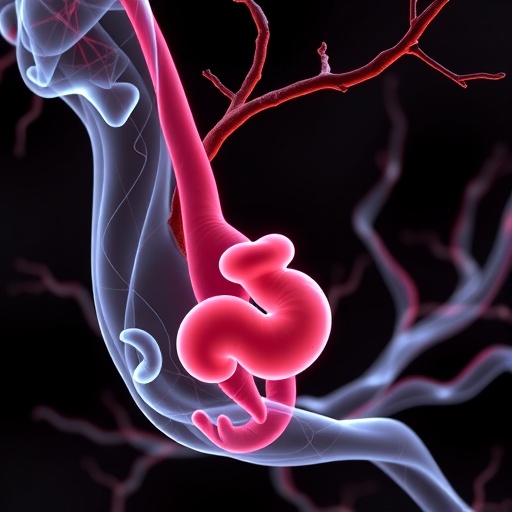
In a exciting leap forward in reproductive science, researchers have unveiled a groundbreaking machine learning model aimed at predicting natural conception through non-laboratory-based data. This innovative approach, led by the team of Kaya, Aydın, and Kaya, redefines the traditional metrics utilized in fertility assessments, promising to transform the landscape for couples seeking to understand their reproductive health without the invasive procedures often associated with clinical settings. The significance of this study lies not only in its methodology but also in its potential implications for personalized fertility treatments.
The model developed in this research harnesses various datasets that are easily accessible to individuals, such as lifestyle factors, medical history, and biometric indicators, which were previously overlooked in more conventional fertility assessments. Machine learning algorithms have the ability to analyze vast amounts of data and detect subtle patterns that casual human analysis might miss. This can lead to more accurate predictions regarding a couple’s likelihood of conception, thereby enabling them to make more informed decisions about their reproductive plans.
One of the standout features of this model is its application of non-invasive data collection techniques, allowing it to gather critical information without necessitating the time-consuming and often uncomfortable tests that characterize traditional fertility evaluations. By utilizing data readily available through wearable technology and health tracking applications, the researchers have designed a system that empowers users to actively participate in their reproductive health. This democratization of health data not only enhances accessibility but also significantly reduces the stress associated with fertility assessments.
To train the model, the researchers employed a substantial dataset comprising various parameters such as menstrual cycle regularity, ovulation tracking, body temperature variations, and other relevant lifestyle elements. This approach gave the machine learning model a rich foundation on which to base its predictive capabilities. Moreover, the algorithms incorporated sophisticated statistical techniques to weight the significance of each parameter, which subsequently translated into more accurate risk assessments for each user.
The study also highlights the importance of integrating psychological factors into the prediction of natural conception. Stress, emotional well-being, and mental health have substantial impacts on fertility, yet they are often overlooked in laboratory settings. By allowing users to input qualitative measures regarding their mental and emotional state, the model can create a more holistic view of each couple’s fertility journey. This capability not only optimizes the predictive accuracy but also underscores the interconnectedness of physical and mental health in reproductive outcomes.
Additionally, the implications of this machine learning model extend far beyond individual predictions of natural conception. With the increasing prevalence of fertility challenges worldwide, this research points toward a future where such advanced analytics can inform public health strategies aimed at addressing reproductive health issues. The model could contribute to the development of localized solutions tailored to demographic needs, thus optimizing treatment pathways and ensuring better health outcomes on a broader scale.
Furthermore, the use of non-laboratory-based data means that the study could introduce a cost-effective alternative to traditional fertility treatments, which can often be prohibitively expensive for many individuals and couples. Accessibility in reproductive health is a central theme of this research, as it directly confronts inequities present in existing systems. A predictive model grounded in easily collectable data has the potential to bridge gaps in service availability, allowing more people to engage with their reproductive health proactively.
As this research progresses and the model is refined through iterative learning processes, the researchers anticipate the possibility of developing individualized fertility plans for users. By analyzing patterns over time, they envision the creation of bespoke guides that provide actionable insights tailored to each couple’s unique situation, essentially acting as personal fertility coaches. This vision aligns perfectly with current trends in precision medicine, which prioritize the customization of healthcare to improve patient outcomes.
Moreover, the incorporation of real-time data input presents another remarkable advantage of this approach. As users continue to log their daily lifestyle choices and emotions, the model can adapt to shifting variables, making predictions that reflect their current circumstances most accurately. This continuous learning aspect of the model exemplifies the power of machine learning technologies in the realm of healthcare, highlighting their capacity to evolve with user input and external changes.
Equally important is the ethical responsibility that accompanies the use of machine learning models in sensitive areas like reproductive health. The researchers emphasize the need for robust data protection measures and transparent practices as they move forward with this research. Patient confidentiality and informed consent must remain at the forefront of any implementation strategy, ensuring users feel secure while engaging with the model.
In summary, the development of this novel machine learning model for predicting natural conception marks a significant milestone in reproductive science. By leveraging non-laboratory-based data and machine learning algorithms, researchers have laid the groundwork for a more effective, accessible, and empowering approach to understanding fertility. The implications of this study reach far beyond individual predictions, signaling a broader shift toward inclusive and participatory healthcare approaches that address the complexities of reproductive health comprehensively.
As the research landscape continuously evolves, it will be interesting to witness how these findings influence future innovations in fertility and reproductive health. The prospect of a user-friendly predictive model that operates outside conventional medical paradigms opens the door for further investigations and advancements, inspiring hope for countless individuals and couples facing fertility challenges worldwide.
The collaborative efforts of Kaya, Aydın, and Kaya in this research exemplify the intersection of technology and health, underscoring the vital role that interdisciplinary approaches play in advancing our understanding of human biology and reproductive health. As this work progresses, it has the potential to transform the way we approach conception and fertility treatment, making significant strides towards a future where outcomes are personalized, predictive, and most importantly, inclusive.
Subject of Research: Predicting Natural Conception Using Non-Laboratory-Based Data
Article Title: A Novel Machine Learning Model for Predicting Natural Conception Using Non-Laboratory-Based Data
Article References:
Kaya, Y., Aydın, Y., Kaya, C. et al. A Novel Machine Learning Model for Predicting Natural Conception Using Non-Laboratory-Based Data.
Reprod. Sci. 32, 2644–2653 (2025). https://doi.org/10.1007/s43032-025-01927-2
Image Credits: AI Generated
DOI: https://doi.org/10.1007/s43032-025-01927-2
Keywords: Artificial Intelligence, Machine Learning, Fertility Prediction, Reproductive Health, Non-Laboratory Data, Holistic Health Approaches.
Tags: biometric indicators for reproductioncouples’ reproductive decision-makinggroundbreaking fertility prediction modelimproving reproductive health insightsinnovative fertility researchlifestyle factors in fertilitymachine learning in reproductive sciencemedical history and conceptionnon-invasive data collection techniquesnon-laboratory fertility assessmentpersonalized fertility treatmentspredicting natural conception


 7 hours ago
13
7 hours ago
13
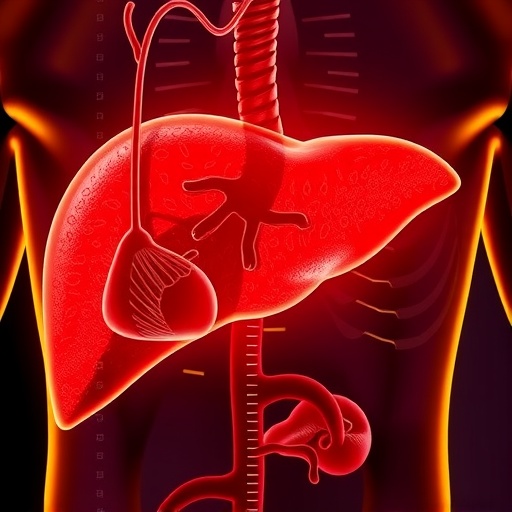



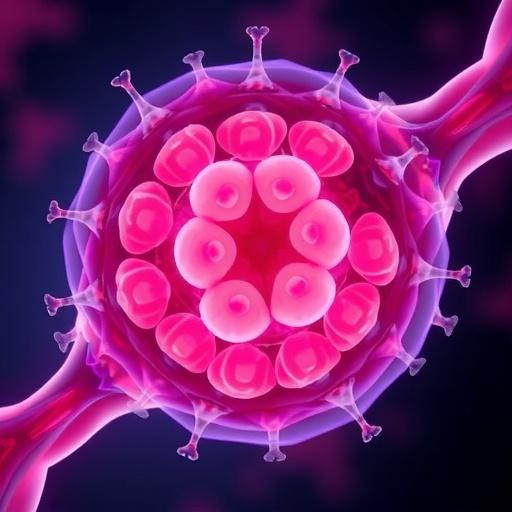
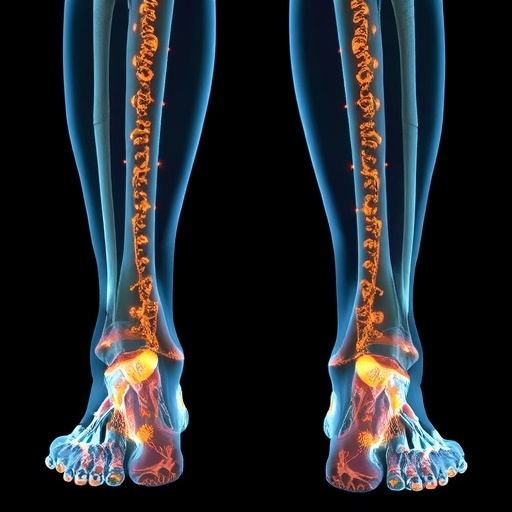
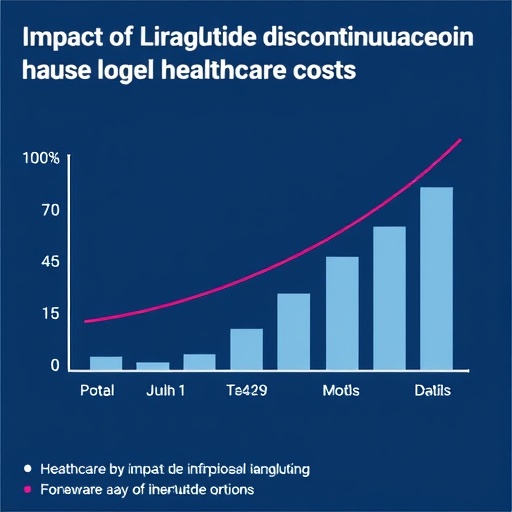














 English (US) ·
English (US) ·  French (CA) ·
French (CA) ·